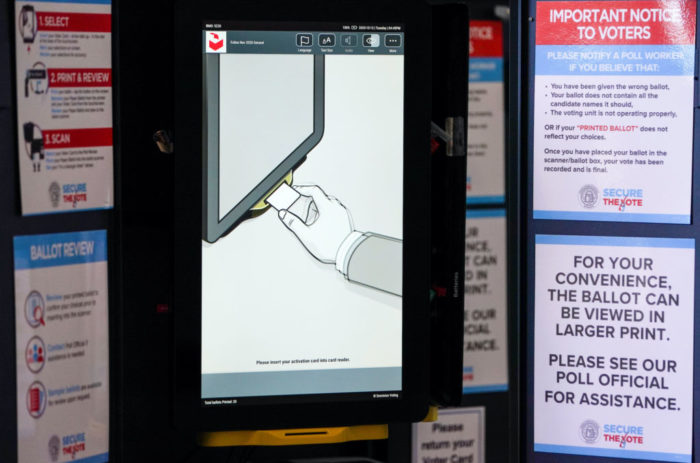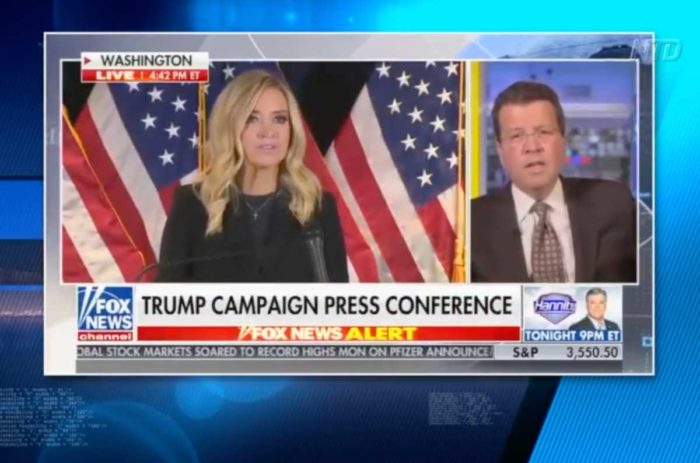redo Jump to...
print Print...
Directions
-Read the excerpt below from Ken Shepherd's post at BusinessandMedia.org on Sept. 5th.
-Read "Types of Media Bias" in the right column. Then answer the question.
“Identify sources whenever feasible. The public is entitled to as much information as possible on sources’ reliability,” the Society of Professional Journalists (SPJ) advises its members.
That’s not how USA Today reporter Stephanie Armour’s September 5 story on “living with the minimum wage” appeared in the paper. The full-page story and photo essay told how hard it is to live on a paycheck close to Florida’s minimum wage of $6.55 an hour. It left out that the star of the piece – depicted simply as a “low wage” worker – was an activist for a group that advocates a wage increase…..
For the complete report, click here.
To accurately identify different types of bias, you should be aware of the issues of the day, and the liberal and conservative perspectives on each issue.
Types of Media Bias:Questions
What makes the excerpt below an example of media bias?
Scroll down to the bottom of the page for the answers.
Answers
USA Today readers are led to believe that the person interviewed is simply an average minimum wage worker chosen randomly for an interview. Instead, she is really an activist fighting to increase the minimum wage. USA Today failed to reveal this information to their readers. Choosing to interview an activist guaranteed the types of quotes the reporter was looking for.
This is an example of bias by omission (failing to disclose the interviewee’s activist role) and bias by selection of sources (selecting a source who will support the opinion of the reporter).



